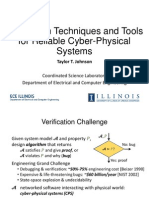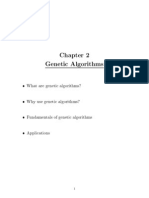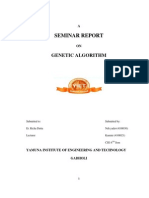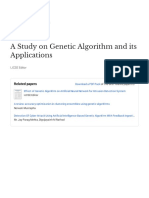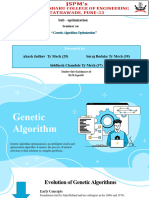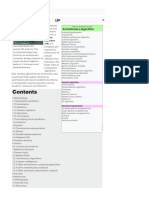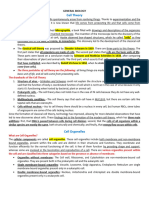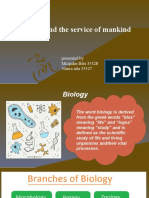0% found this document useful (0 votes)
307 views6 pagesHandbook of Genetic Algorithms
The document summarizes a book called 'Handbook of Genetic Algorithms' which provides practical guidance for applying genetic algorithms to real-world problems. It focuses on engineering applications rather than using genetic algorithms as scientific models. The book consists of a tutorial on the author's approach to genetic algorithms and case studies from various authors on real-world applications.
Uploaded by
ermindarocheCopyright
© © All Rights Reserved
We take content rights seriously. If you suspect this is your content, claim it here.
Available Formats
Download as PDF, TXT or read online on Scribd
0% found this document useful (0 votes)
307 views6 pagesHandbook of Genetic Algorithms
The document summarizes a book called 'Handbook of Genetic Algorithms' which provides practical guidance for applying genetic algorithms to real-world problems. It focuses on engineering applications rather than using genetic algorithms as scientific models. The book consists of a tutorial on the author's approach to genetic algorithms and case studies from various authors on real-world applications.
Uploaded by
ermindarocheCopyright
© © All Rights Reserved
We take content rights seriously. If you suspect this is your content, claim it here.
Available Formats
Download as PDF, TXT or read online on Scribd
/ 6





